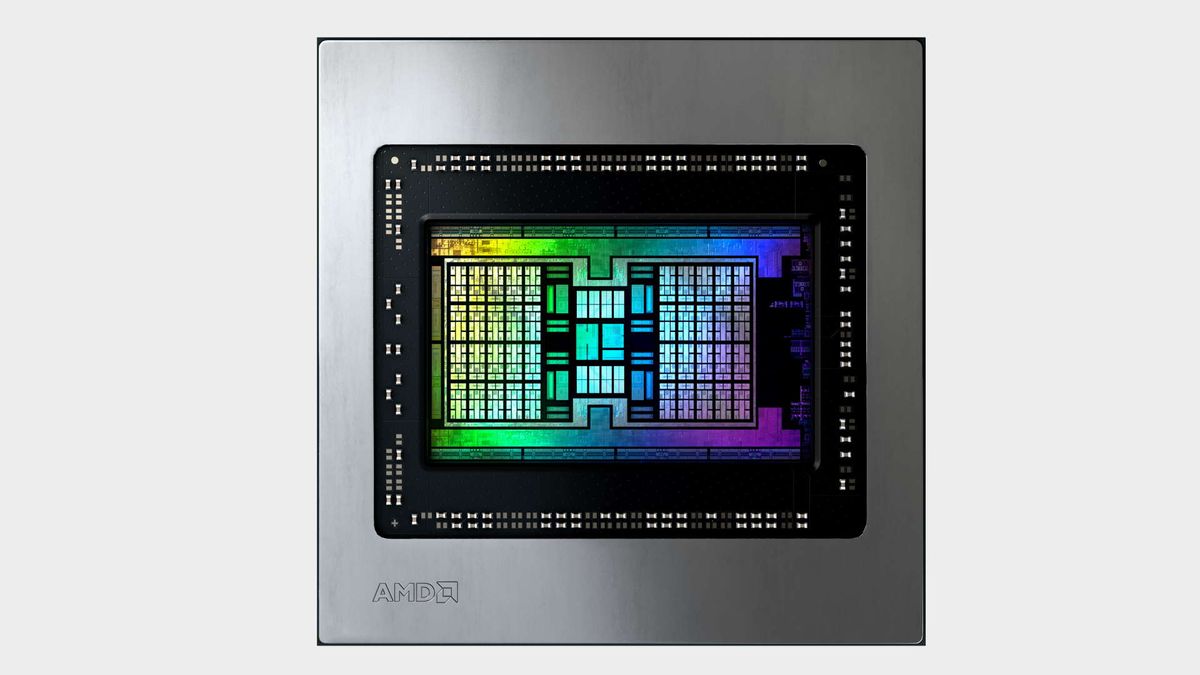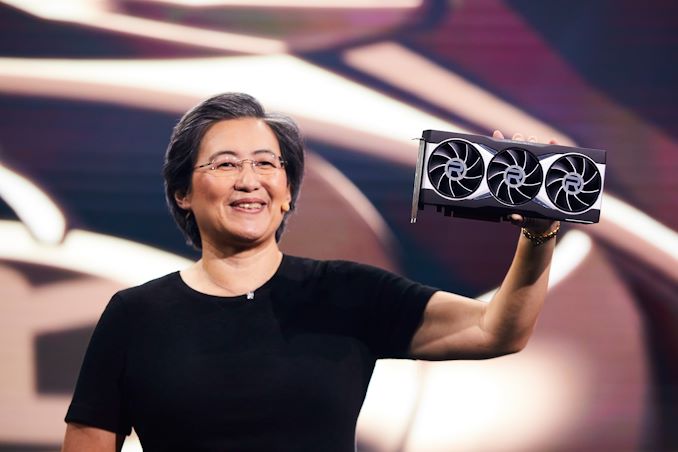25% of boost in perfomance per CUs on series X compared the past generation reading their panels, around the 50% on ps5 looking to the Road to the ps5 video.
I think people are confusing IPC gains and performance per watt gains. But that's not the only thing being confused.
Performance gain is being automatically assumed to be the same as an perf per clock or IPC gain. They can be the same thing, but based on context can be entirely different depending on the reason for the performance gain.
There are two metrics relating to performance when considering RDNA in any capacity. IPC (instructions per clock) and performance per watt.
RDNA represented a 25% IPC gain over GCN or a 1.25x gain. Meaning on pure architectural compute capability alone, the RDNA architecture is that much better at getting more work done per clock before any other factor is introduced.
RDNA also represented a 50% perf per watt gain over GCN. Meaning that for more or less the exact same power draw, you get 50% better performance out of the GPU compared to the last gen equivalent. This improvement can be spent towards boosting clock speed if desired. Power doesn't scale linearly with clock speed increases, so your mileage will vary. Or you can get away with achieving equal or better performance compared to a previous gen using much lower power consumption levels.
Based on the numbers we've seen for power usage on Series X during gameplay with a title like Gears 5, it's safe to say that the perf per watt advantages over both GCN and RDNA 1 to RDNA 2 is somewhat in full effect. Otherwise I don't see power draw being that good at 1825MHz.
The only performance (NOT IPC) gains from RDNA 1 to RDNA 2 (which was another 25%) came 100% from boosting clock speeds an additional 30%. In other words, the core IPC performance of a compute unit did not change in any meaningful way going from RDNA 1 to RDNA 2.
The only true perf per clock or IPC improvement, according to AMD, came from the inclusion of the infinity cache, but it isn't a bigger contributor to absolute performance over RDNA 1 compared to the 30% clock speed boost.
Infinity cache played a key role in how AMD beat their 50% perf per watt target for RDNA 2, getting to 54% perf per watt.
The 54% perf per watt was achieved through a combination of power efficiency optimizations, infinity cache, and due to new clock speed improvements, the previously mentioned 30% boost in clock speed over RDNA 1.
Here is the slide showing the big reason for additional 1.25x gain over RDNA1 to RDNA2. All from the 30% frequency increase, not any change to IPC.
Anandtech believes the majority of AMD's 54% perf per watt improvement over RDNA 1 came from that big 30% clock speed improvement.
The anandtech article below and the youtube video from AMD more or less cover these details.

www.anandtech.com
Microsoft was referring to the IPC gain from Vega (GCN) to RDNA 1 because there were no traditional IPC gains from RDNA 2 to RDNA 1 outside of the small bump from Infinity Cache,
and neither console has infinity cache.
So on a pure architectural standpoint, Microsoft is correct that compared to GCN the Series X GPU's CUs have 25% better performance per clock on average graphics workloads relative to the GCN generation. Video below.
The only perf per clock improvement in RDNA 2 came entirely from Infinity Cache. What makes RDNA 2 better than RDNA 1 are 30% faster clock speed, which isn't the same as better IPC per CU, improved perf per watt, and the brand new big features like VRS, Hardware Accelerated Ray Tracing, Sampler Feedback and Mesh Shaders.
TLDR VERSION: In absolute performance terms, the Series X GPU is getting much better pure performance per Compute Unit when compared to any GCN GPU, and a crap ton more pure performance per compute unit when compared to any Xbox One era console, including X.
BUT leaving out all other factors, such as notably higher clock speeds and what new features can do to help, a Series X GPU CU is on a pure instructions per clock basis 25% better on average graphics workloads compared to GCN (Vega). It isn't the whole picture, but it's a fair measurement of architectural improvement in the CU. There was no such improvement in raw Compute Unit IPC performance from RDNA 1 to 2. Only IPC improvement to speak of comes directly from Infinity Cache, but infinity cache isn't responsible for the largest performance uplift on RDNA 2, that's the 30% clock speed improvement.








